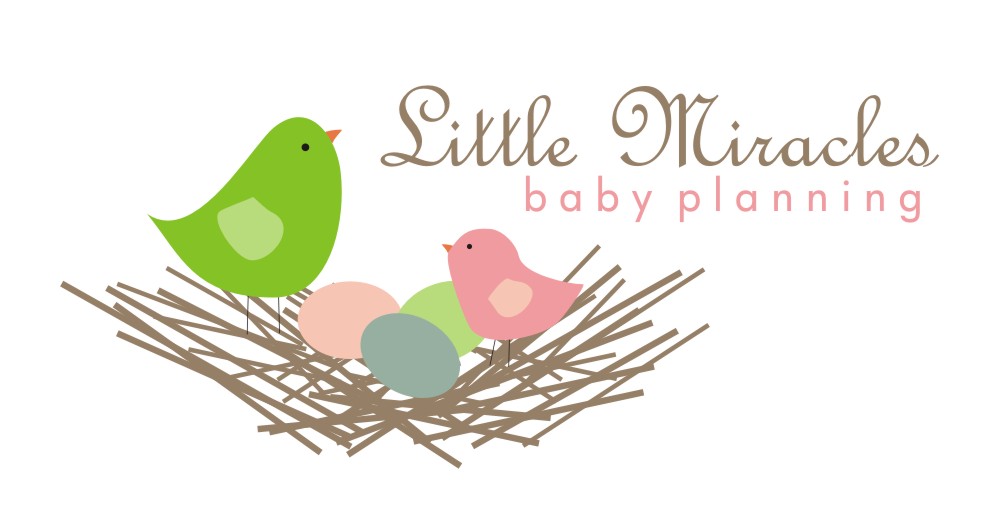
As the former CEO of Healthy Child Healthy World and co-founder (with Jessica Alba) of The Honest Company, Christopher Gavigan knows a thing or two about hidden toxics. In honor of Earth Day, we've asked him to shed some light on the potential dangers new parents might be missing—right in our own homes.
"I’ve spent my entire career educating and inspiring people to question and research the products they bring into their homes," says Gavigan. "It’s especially important for parents of young children because babies are SO much more vulnerable to toxic chemicals. And, while BPA and phthalates have been on the media radar for the past five years, there are other exposures that are just as serious. Here are five important ones, along with simple ways to reduce your family's exposure.
1. Tris and Penta-BDE. In a recent study of 101 commonly used baby products, researchers found that 80 contained flame retardant additives—chemicals linked to cancer, loss of fertility, and other deleterious health effects in animal studies. Flame retardants like the ones found in this study can migrate out of products, latch on to household dust, and then end up in our bodies.
What you can do: Try to avoid cushions, couch pillows, and anything with foam labeled as meeting California TB 117 (the regulation requiring the addition of flame retardants). Instead, look for foam and cushions made with polyester, down, wool, or cotton as they are unlikely to contain these toxic flame retardants. Also, dust regularly with a damp cloth since these chemicals typically end up in dust around your home and on floors.
2. Cell phone radiation. There is growing biological evidence that microwave radiation from cell phones has deleterious impacts, and epidemiologic studies are finding increased risks of brain cancer after a decade of heavy use. Because children's skulls, brains, and bodies are thinner and more vulnerable, we should take steps to protect them from the potential impact of microwave radiation from cell phones.
What you can do: It’s simple: keep cell phones away from children. If your child likes to play with your smart phone, put it on airplane mode (reception turned OFF).
3. Lead. Many parents think they don’t have to worry about lead unless they live in an old house and their child eats paint chips. Not true. Lead poisoning is still a serious issue; children can suffer lifelong impacts from extremely minute exposures.
What you can do: Have your home tested (especially if your home has paint in poor condition and was built before 1978). You can also test your water for lead, and even test your child’s blood level for lead (ask your pediatrician). Beyond testing, be sure your family and guests remove their shoes before entering your home, to avoid tracking in lead from soil outside; 80 percent of lead in the home can be reduced by simply taking off your shoes. And of course be sure to wash your children's hands often, especially before they eat, and before nap time and bed time, as well.
4. BHA, Acesulfame-K, Dextrose, and other food contaminants. Whether it’s something leaching from packaging (like BPA), or arsenic in rice, or pink slime in beef, it’s becoming abundantly clear that we need to know more about our food.
What you can do: Opt for organic whenever possible and choose whole, fresh foods instead of processed, packaged ones. Shop more at your farmers' market, and do your best to avoid the following five additives (as recommended by pediatrician Dr. Alan Greene): artificial colors (anything that begins with FD&C—e.g., FD&C Blue #1); chemical preservatives (Butylated Hydroxyanisole (BHA), Sodium Nitrate ); artificial sweeteners (Aspartame, Acesulfame-K, Saccharin); added sugar (High Fructose Corn Syrup, Corn Syrup, Dextrose, etc.); added salt (look at the sodium content and choose foods with the lowest amounts).
5. VOCs. Volatile organic compounds (VOCs) are fumes and gases released from sources like paints, cleaning supplies, pesticides, building materials, and furnishings. Unfortunately, not much is currently known about what health effects result from the levels of VOCs usually found in homes, but the US Environmental Protection Agency does know that indoor levels are typically much higher than outdoor levels.
What you can do: Open your windows for at least a few minutes every day; opt for non-toxic floor finishes, formaldehyde-free plywood and dry-wall, and carpeting without stain-treatments."
For more tips, visit The Honest Company for some non-toxic and safer product choices and pick up a copy of Gavigan's book, Healthy Child Healthy World.

.png)




















